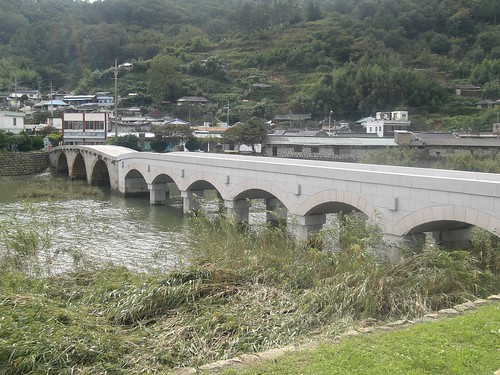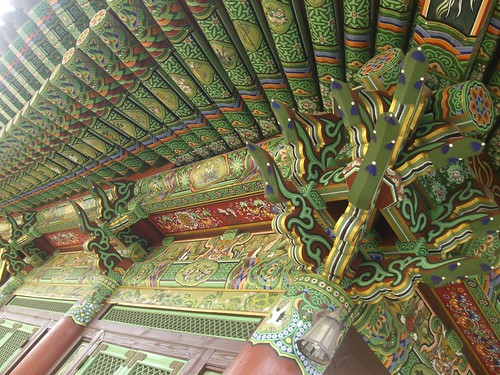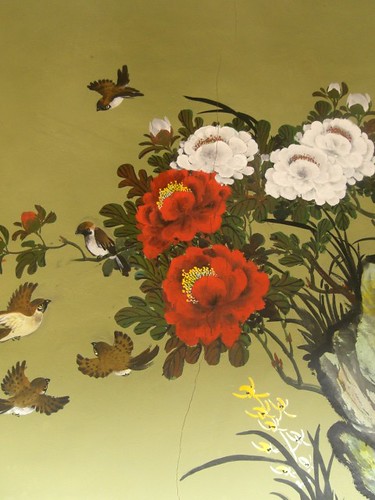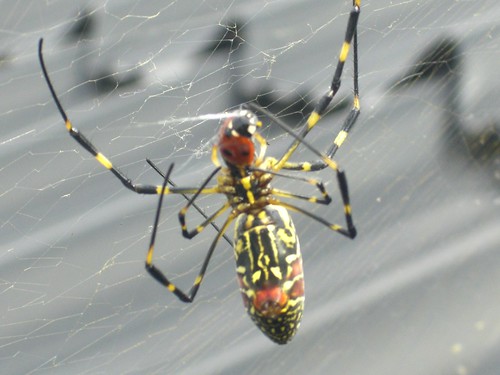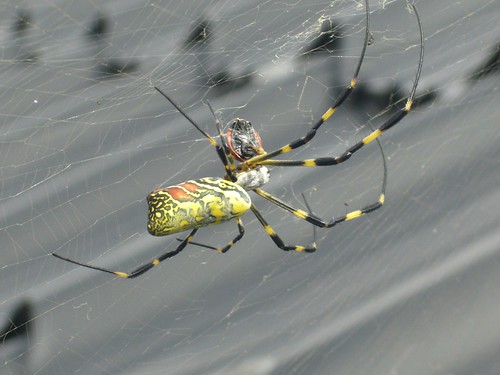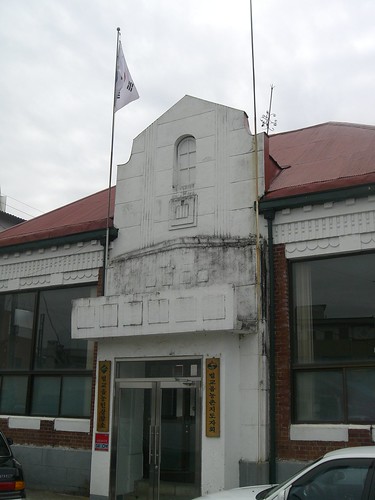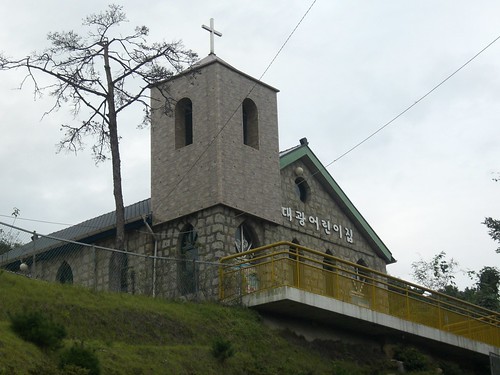If you look at older reports---like this or this---you'll see that the airport was scheduled to open as early as 2004 (though I came across a report a few days ago that said the target was 2008, and that they were actually ahead of schedule). *cough* Anyway, the airport is part of the Namak New City initiative, which will swell the population and develop the resources of Namak-ri, a small village in a small township. At last census the township had a population of around 9,000, though that is expected to rise to 185,000 by the time the whole thing is finished in 2019. I suspect that a lot of those people will come from nearby Mokpo, though. Namak, by the way, has been the capital of Jeollanam-do since 2005, taking the job from Gwangju. I don't understand why they'd go to the trouble to build a new city, but whatever.
*A nice entry from The Marmot's Hole about a trip to Geomun-do island in Yeosu. The island is way out there, but looks worth a visit. (The Marmot's Hole)
*I hope this list of Ten Surprises of Korea isn't in order. (The Korea Times)
*"The U.S. Department of Homeland Security estimates the number of illegal Korean residents in the U.S. is around 250,000, the Korean Embassy in the U.S. said Tuesday." (Chosun Ilbo) Remember, the US and South Korea are in talks over a visa waiver program.
*Education departments around the country are (again) making an effort (again) to verify (again) degrees (again) of teachers on E-2 visas (again). I just got asked for mine today, and I politely declined. I have shown my degree no fewer than 7 times since arriving in July, 2005. Lots of threads on Dave's about this latest moral panic: here and here.
*Ruling Party is Reviving Korean Regionalism. (Donga Ilbo)
*Here's a piece profiling some "Hanok hotels," including one in Gurye county. Pretty neat. Some of the prices are comparable to your average love motel, while othere are in pension territory. (JoongAng Ilbo)
*My students have started laughing when I ask them to "tell me" something. Turns out "Tell Me" is the name of a popular song by the Wonder Girls, a pop group with five girls, aged 15 to 19. You can watch the video here. Borderline criminal.
*Here's a 2005 New York Times article about the German Village in Namhae county, Gyeongsangnam-do. I passed through that area a few weeks ago, and it was overrun with tourists. Had I known people actually live there---I figured it was just used for dramas and summer camps---I would have taken less part in disturbing their much-deserved rest. (New York Times) Here's a picture I took of a few houses near the coast.

